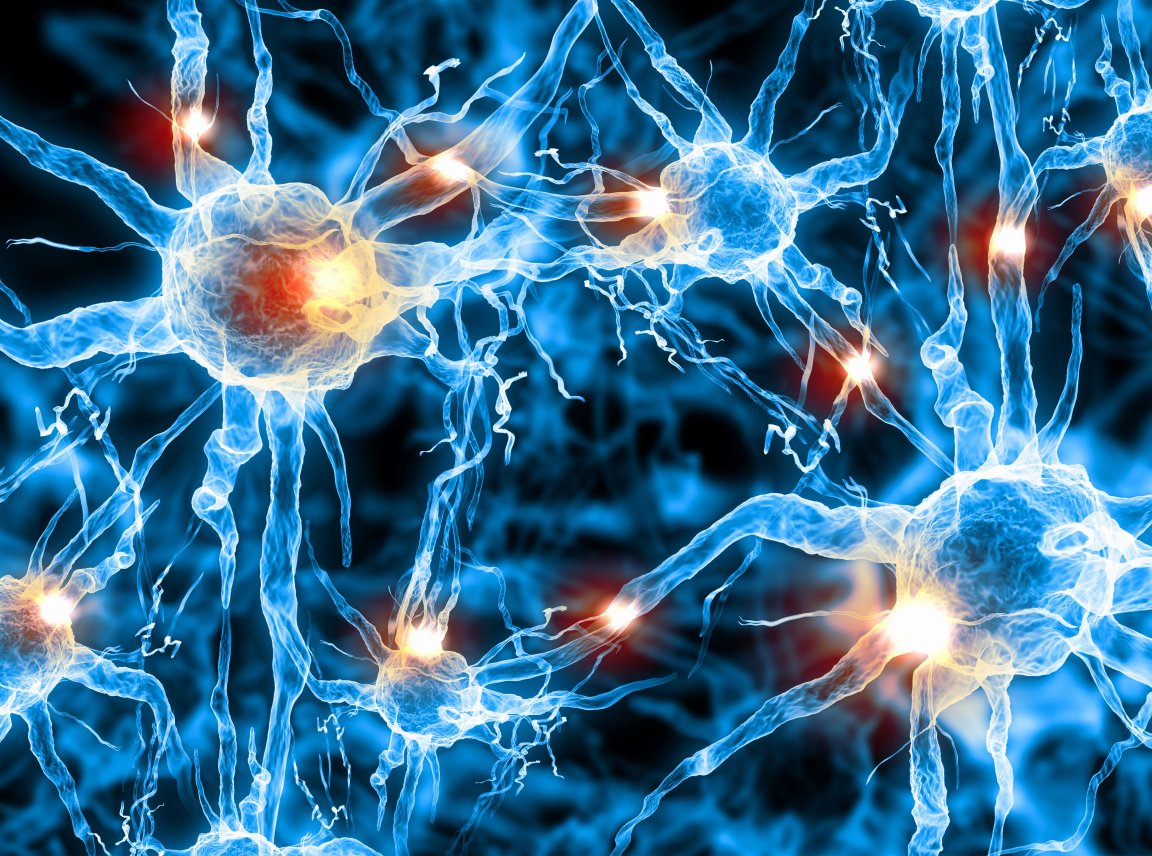
Schizophrenia is a disease that alter’s a person’s mental state. It is a condition that is, unfortunately, largely a mystery, and the cause is still very much unclear. As far as treatment goes, we have little better than trial and error—what works for some doesn’t work for others.
Now, a new study published in the Nature has given us insight into the inner working of Schizophrenia.
Ultimately, the work compares multiple independent studies on schizophrenia, taking advantage of the huge number of patient genotypes, and the authors assert that they have nailed down the high-risk variant of a region on chromosome 6 that is strongly associated with schizophrenia.
In short, we may have found a genetic cause of schizophrenia.
Digging deep into the genes
C4 is a gene with several common variants, and it codes for one of several “complement” proteins in the immune system. Found in the bloodstream, these complement proteins act as kinds of sentinels—they float around solo waiting for antibody-antigen complexes: the telltale chemical signals that an immune response has begun.
In the end, the complement system helps to clear out cellular debris that has been tagged for elimination.
The complement system seems to work in parallel to its immune function elsewhere. This happens via support cells called astrocytes. Here’s where things get a little complicated.
At it’s best, these are a bit overprotective of the neurons they work for. At their worst, reactive astrocytes can become “violent,” building scars around neurons and generally wreaking havoc.
However, astrocytes also run the process of synaptic pruning using complement proteins, including those made by C4. The scientists collaborating on this large-scale study “found each common C4 allele associating with schizophrenia in proportion to its tendency to generate greater expression of C4A.”
When the high-producing C4 gene variant is regulated by reactive astrocytes, it turns out that too much C4A is produced.
The excess proteins have to go somewhere, so they preferentially end up in their natural habitat: synapses. Too many of these tagging proteins could lead to the deactivation of a synapse by microglia, another type of support cell which expresses receptors for complement proteins.
This inappropriate synaptic pruning may explain the reduced numbers of synapses that is seen in the brains of individuals with schizophrenia.
Even though this study is a major insight on understanding this disease, genetic tests alone cannot cure it. Now that we have gained more information on the genetic behavior, we can now hope that further study and tests may eventually lead to more viable treatments.